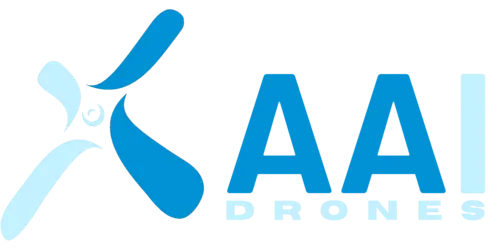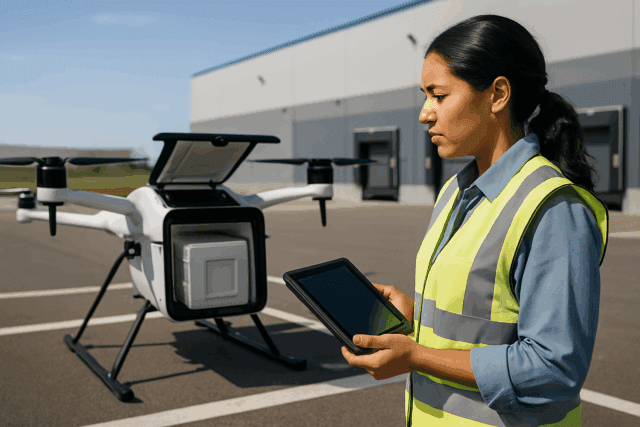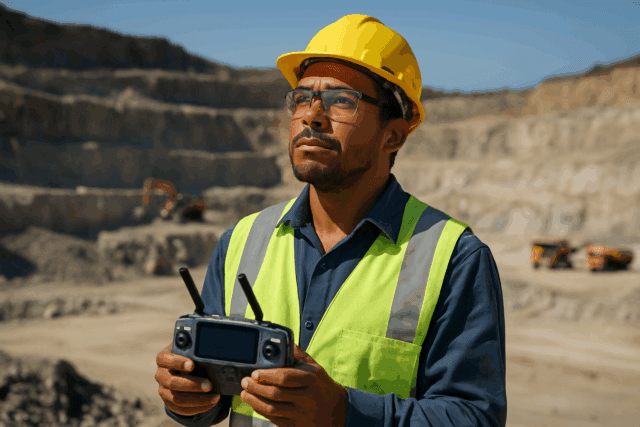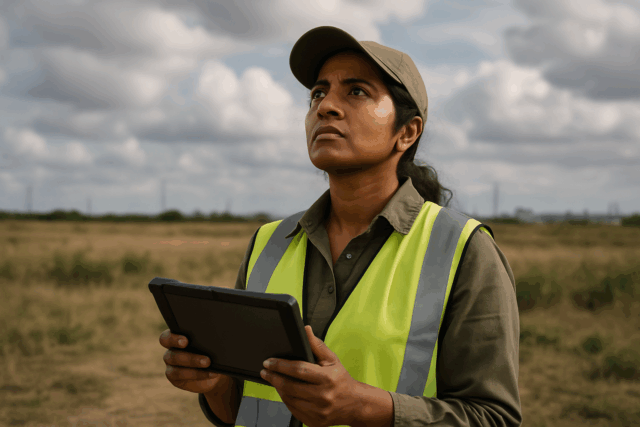AAI Drones empower professionals to efficiently and accurately detect gas leaks and monitor air quality using advanced gas detection technology. This guide delves into the applications and technology behind gas detection with drones, highlighting tools like the DJI Zenmuse U10 and Sniffer4D. Whether identifying industrial gas leaks or mapping pollution sources, discover how AAI Drones can revolutionize your gas detection missions.
Gas Detection with Drones
What is Gas Detection?
Gas detection involves identifying and quantifying various gases in the environment. In industrial and environmental contexts, this can include detecting hazardous gas leaks, monitoring air quality, and measuring gas emissions. Traditional methods of gas detection often place human inspectors in potentially hazardous environments, whereas drones offer a safer and more efficient alternative.
How Gas Detection Works with Drones
Gas detection with drones involves three primary steps:
- Sensor Integration
AAI drones, such as the DJI Matrice 350 RTK, are equipped with advanced gas sensors like the DJI Zenmuse U10 and Sniffer4D. These sensors detect gas concentrations from a distance and relay real-time data. The DJI Zenmuse U10, for example, uses laser-based technology to detect methane from up to 100 meters away with high sensitivity. - Data Acquisition
The drones fly over the area of interest, scanning for gas leaks or emissions. The sensors capture data on gas type, concentration, and location, which is then processed by onboard or cloud-based software. This method significantly reduces the time and labor involved compared to traditional methods and can cover large and hard-to-reach areas efficiently. - Analysis and Reporting
Software like Sniffer4D Mapper analyzes the data, generating detailed maps and reports. This information helps professionals pinpoint gas leaks, assess environmental impact, and plan corrective actions. The real-time data and detailed analytics provide actionable insights that enhance decision-making and safety measures.
Gas Detection Technology
Sensors
DJI Zenmuse U10
The Zenmuse U10 is a laser-based methane gas detector. It emits an invisible infrared laser to measure methane concentration from up to 100 meters away, with a sensitivity as low as 5 ppm.m. This high-precision sensor is ideal for detecting gas leaks in industrial settings.
Sniffer4D
Sniffer4D is a versatile gas detection system that can detect up to 21 different gases, including methane, carbon dioxide, and volatile organic compounds (VOCs). Its modular design allows for customization to meet specific mission requirements. Equipped with advanced sensors from Alphasense UK, Sniffer4D provides real-time data and is highly adaptable for various applications.
Drones
DJI Matrice 350 RTK
The DJI Matrice 350 RTK is a robust drone platform designed for industrial applications. It features precise GPS, stable flight capabilities, and compatibility with various sensors, making it ideal for gas detection missions.
Applications of Gas Detection with Drones
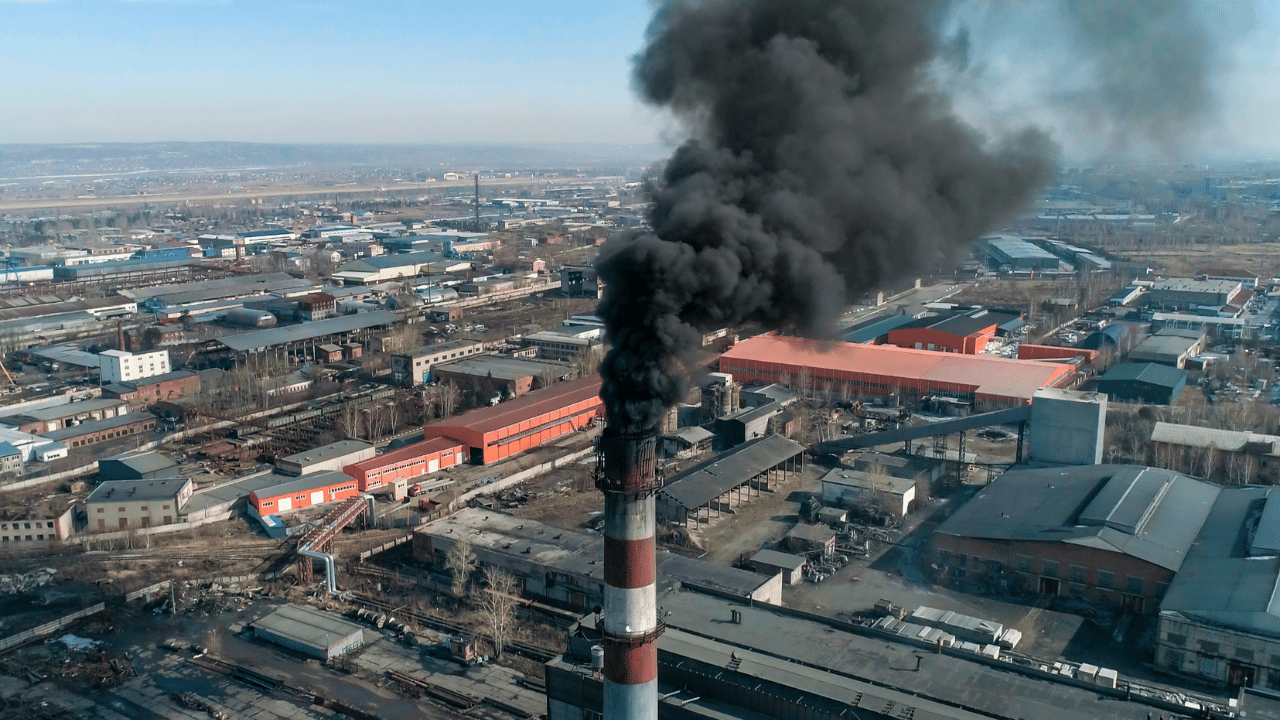
Industrial Safety
Detecting gas leaks in an industrial setting is a complex issue. Gas leaks can be extremely dangerous, especially when the gas is toxic or highly flammable. Drones equipped with gas detection sensors provide a safer, more efficient alternative to traditional inspection methods. They can quickly cover large areas, including hard-to-access spots, and collect real-time data on gas leaks. This allows for timely identification and remediation of leaks, enhancing safety and reducing operational risks.
Environmental Monitoring
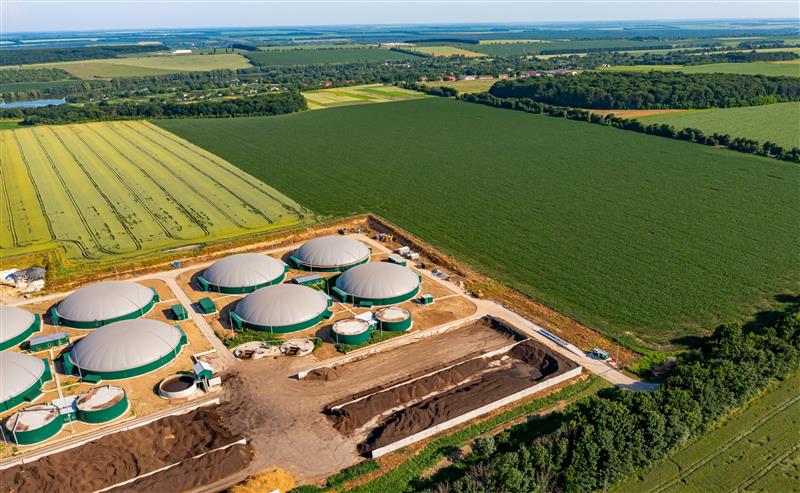
Drones equipped with gas sensors offer a streamlined method for conducting environmental monitoring. They can track air pollutant distributions, monitor greenhouse gas emissions, and identify pollution sources in industrial areas, construction sites, and ports. This data is crucial for environmental protection and regulatory compliance. The ability to perform regular, consistent surveys helps in monitoring emissions over time and ensuring compliance with environmental standards.
Scientific Research
Gas detection drones are invaluable tools for scientific research. For example, they can monitor volcanic emissions, providing near-vent measurements of gases such as carbon dioxide. This data helps scientists understand volcanic activity and assess the potential impact on local communities. Drones also facilitate air quality research, enabling the collection of rich atmospheric data for analysis.
Benefits of Using Drones for Gas Detection
Efficiency and Speed
Drones can cover large areas quickly, reducing the time required for inspections and data collection. This efficiency is particularly beneficial in remote or hazardous environments, where traditional methods may be impractical.
Safety
By eliminating the need for human inspectors to enter hazardous environments, drones enhance safety and reduce the risk of accidents. This is a significant advantage in industries where exposure to toxic or flammable gases poses serious risks.
Cost-Effectiveness
Compared to traditional methods, drones offer a more cost-effective solution for gas detection and environmental monitoring. They require less manpower, can cover larger areas in less time, and reduce the need for expensive equipment and safety gear.
Real-Time Data
Drones provide real-time data, enabling immediate analysis and decision-making. This capability is crucial for timely interventions and accurate monitoring of gas emissions and leaks.
Flexibility
Advanced sensors like Sniffer4D can be customized for specific missions, detecting multiple gases simultaneously. This flexibility makes drones suitable for a wide range of applications, from industrial safety to environmental monitoring and scientific research.
Gas Detection Software
DroneDeploy
DroneDeploy is a cloud-based mapping platform that simplifies the gas detection workflow, including flight planning. It enables users to map the desired area effectively and efficiently, streamlining the process from data collection to analysis.
Sniffer4D Mapper
Sniffer4D Mapper is analytic software that processes data from Sniffer4D sensors in real-time. It generates comprehensive maps and visualizations of gas concentrations, helping professionals identify leak points and assess environmental impact.
Conclusion
The integration of advanced gas detection sensors with AAI drones offers a transformative solution for industrial safety, environmental monitoring, and scientific research. Tools like the DJI Zenmuse U10 and Sniffer4D, combined with robust platforms like the DJI Matrice 350 RTK and software solutions such as DroneDeploy, empower professionals to efficiently capture and analyze gas data. This technology not only enhances safety and efficiency but also drives innovation across diverse industries.
Leverage the power of AAI Drones for your gas detection missions and harness the full potential of cutting-edge gas detection technology. With industry-leading drone solutions and expert support, AAI Drones is your partner in advancing industrial safety and environmental stewardship.
